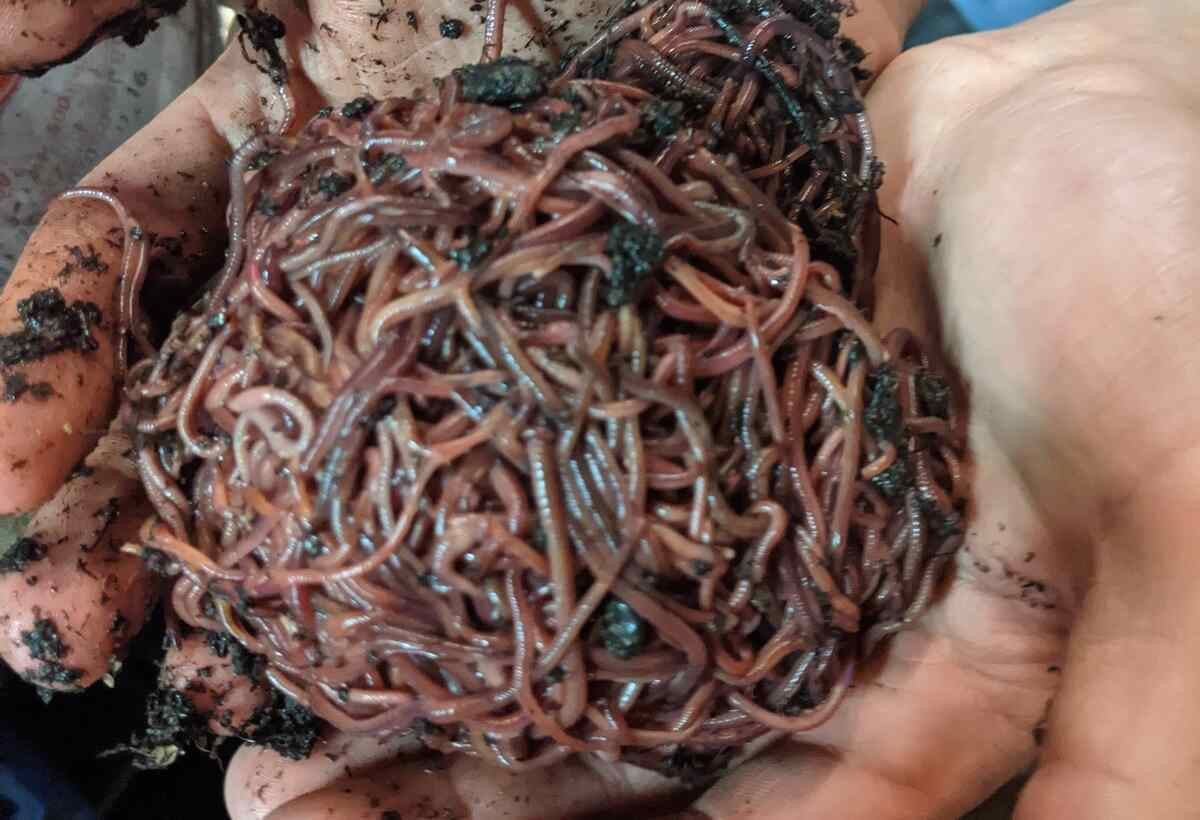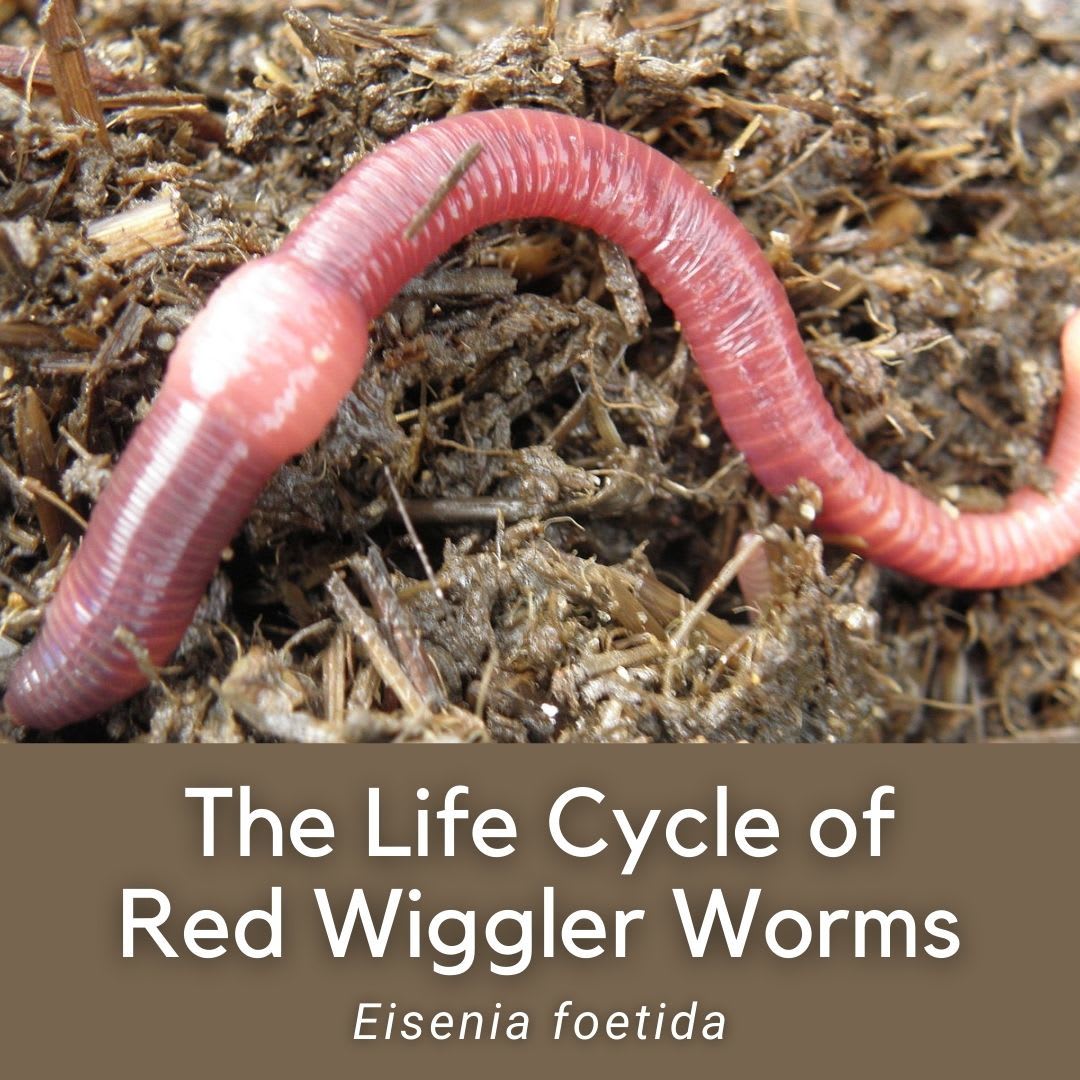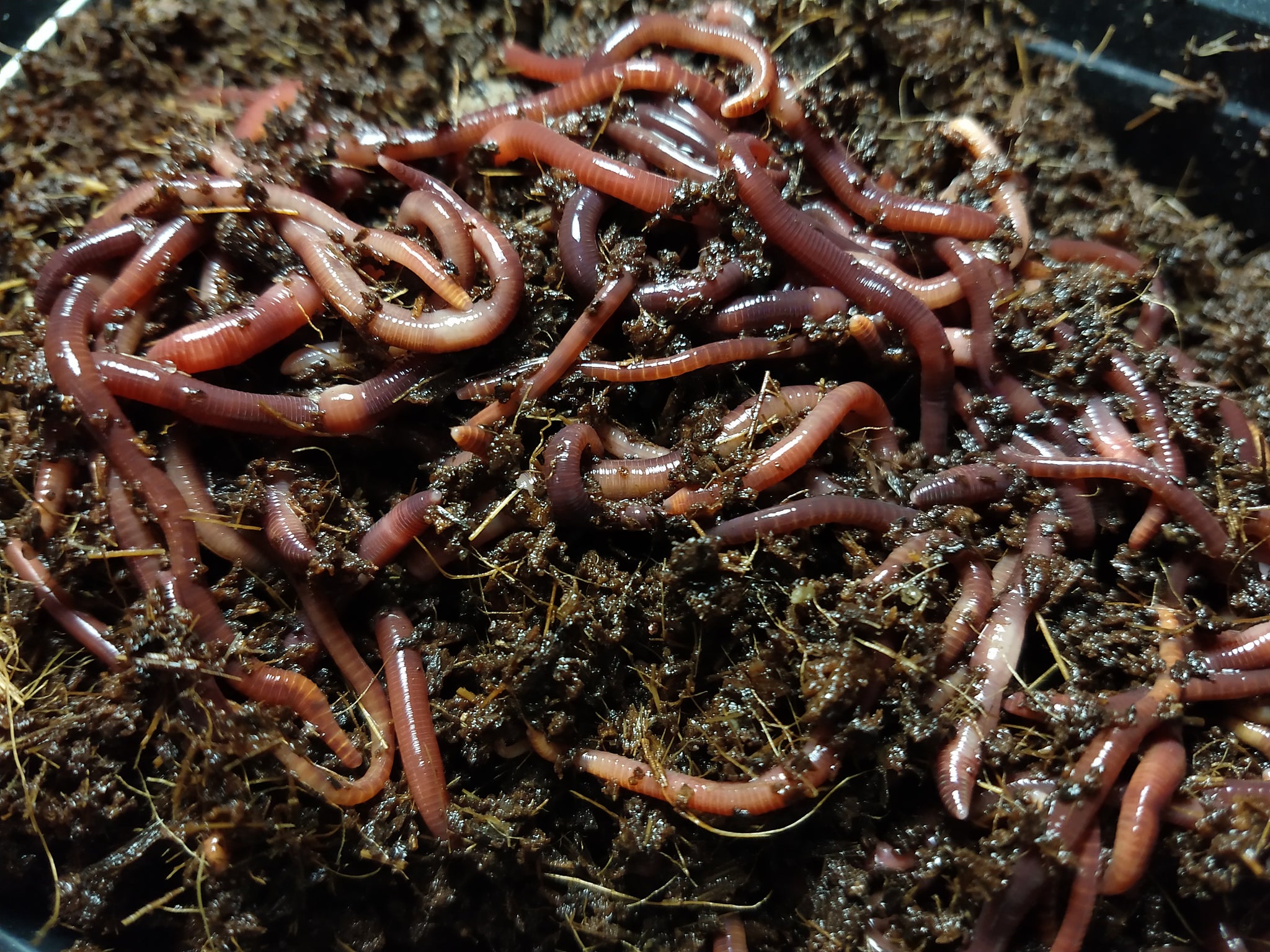Red Wigglers: The Unsung Heroes of Organic Waste Recycling
Red wigglers, or Eisenia fetida, serve as vital representatives in the natural waste recycling procedure, changing disposed of products into important vermicompost. As the world significantly looks for services to deal with waste build-up and improve farming efficiency, understanding the role of these worms comes to be important.
What Are Red Wigglers?
The remarkable strength of red wigglers, clinically known as Eisenia fetida, highlights their vital role in organic waste recycling. These small, reddish-brown earthworms are commonly discovered in decomposing raw material, such as compost heap and manure heaps. Lake Hickory Bait. Unlike other earthworm varieties, red wigglers grow in nutrient-rich environments and are very efficient at damaging down natural materials, making them important for vermicomposting

(Red Wiggler Express)In enhancement to their duty in waste reduction, red wigglers add to dirt health by improving soil framework and oygenation via their delving activities (Lake Hickory Bait). Their presence in composting systems not only boosts disintegration rates but likewise promotes a lasting strategy to waste management, showing their value in eco-friendly conservation efforts
Benefits of Composting With Worms
Composting with worms, particularly red wigglers, uses numerous advantages that boost both waste management and soil health and wellness. First, these worms successfully damage down organic waste, converting it right into nutrient-rich vermicompost that enhances dirt. This procedure accelerates decomposition, enabling a faster recycling of kitchen area scraps and other organic products contrasted to traditional composting techniques.
Additionally, the vermicompost created by red wigglers is including useful microorganisms, which assist boost dirt framework, oygenation, and wetness retention. This enhances the general health of plants, advertising strenuous development and enhanced yields in gardens and agricultural settings. The use of worms in composting minimizes the production of greenhouse gases, such as methane, adding to a much more sustainable waste administration system.

Exactly How to Start Vermicomposting
Developing a vermicomposting system is a straightforward procedure that can produce considerable benefits for both waste monitoring and dirt enrichment. To begin, pick an appropriate container, such as a plastic bin or wooden box, with adequate air flow holes to guarantee proper airflow. The measurements need to preferably be around 2 feet by 3 feet, enabling ample area for the worms to prosper.
Following, prepare bed linen product, which can include shredded newspaper, cardboard, or coconut coir. This bedding ought to be moistened to create a suitable environment for the worms. Once the bed linens is in area, present red wigglers (Eisenia fetida) into the bin, commonly around one extra pound of worms for each square foot of surface location.
Following the positioning of worms, add organic waste, such as vegetables and fruit scraps, coffee premises, and crushed eggshells. Avoid adding dairy products, meat, or oils, as these can produce smells and attract insects. Position the bin in a shaded, temperature-controlled area to keep ideal conditions for worm task. With these steps, you will effectively launch a vermicomposting system that adds to lasting waste administration and enriches your soil.
Keeping a Healthy Worm Bin
(Red Wiggler Express)Keeping a worm bin thriving needs normal interest and care to make sure the health of the red wigglers and the effectiveness of the composting procedure. Proper maintenance starts with monitoring the moisture levels; the bin ought to perspire yet not soaked. A good general rule is to maintain an uniformity similar to a wrung-out sponge.
Delicately mixing the bed linen and food scraps every few weeks protects against compaction and makes certain that all worms have access to oxygen. Additionally, it is important to feed the worms properly.
If the bin ends up being also warm or cold, the worms may end up being worried. By diligently handling these variables, one can preserve a durable and productive worm try this web-site bin.
Effect On Lasting Living
The effective maintenance of a worm bin not only benefits the wellness of red wigglers however likewise contributes substantially to lasting living methods. By reusing organic waste, such as kitchen scraps and lawn debris, red wigglers aid draw away significant amounts of material from landfills. This decrease in waste not just lowers greenhouse gas discharges however additionally lessens the ecological problem connected with waste monitoring.
Additionally, the castings generated by red wigglers offer as a nutrient-rich organic plant food, improving dirt health and advertising plant development. This natural choice to chemical plant foods supports lasting agriculture and gardening practices, decreasing reliance on synthetic inputs that can harm environments. Additionally, worm composting promotes recognition of waste management, motivating people and communities to take on even more sustainable routines.

Final Thought
In summary, red wigglers work as important factors to organic waste reusing with their reliable disintegration of natural products. Their capacity to create nutrient-rich vermicompost improves soil health and sustains lasting farming methods. By integrating vermicomposting into waste monitoring approaches, individuals and areas can dramatically lower waste while advertising ecological sustainability. The function of Eisenia fetida in promoting healthy ecosystems emphasizes the value of these microorganisms in attaining sustainable living and enhancing soil fertility.